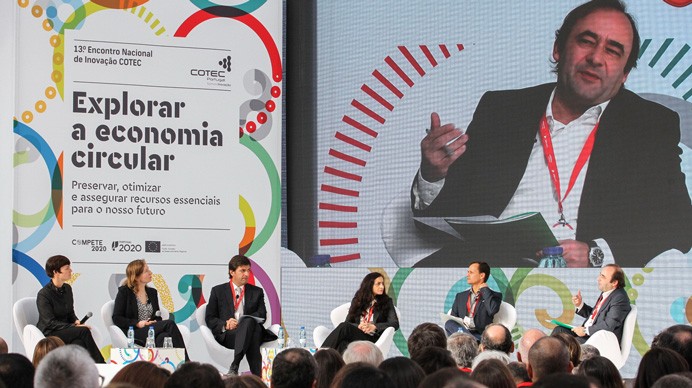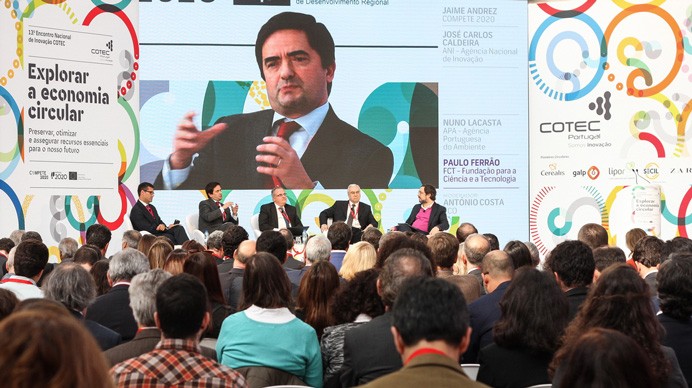Our Latest News

Circular Economy and the Digital Age
The sustainable and profitable reuse of products is on the Worldwide environmental agenda and the truth is that everything points to be the future. In the Circular Economy, almost all products usually condemned to the trash can be reborn for a second life. Looking into the next decade, questions such as the growing connectivity, the importance and impact of digital features, and the Internet of Things arise. And together with them, new challenges emerge: how can Technology and its advances be mobilized to enable smarter economic growth, increase efficiency and boost new profit opportunities for companies and societies themselves?
Know more in this special article.
In this day and age, the Circular Economy is understood as an economic and environmental imperative. However, there is still a big gap to fill between the concept and its practical reality. The growth of digital connectivity has had a great impact on society during the last decade, bringing a handful of changes: new sources of value for citizens and economies, as well as new challenges for regulators and policymakers.
Looking into the next decade, the Internet of Things and the creation of intelligent assets will still appear as key aspects, and the opportunity to align IoT innovation with a Circular Economy is within sight.
Regenerative and Restorative, the Circular Economy’s main principle is to maintain products, components, and materials in their highest utility and value level, for the longest time period possible. Being a continuous and positive development cycle, the Circular Economy preserves and improves natural capital, optimizes resources production, and minimizes systemic risks by managing finite inventories and renewable flows. Transposing this concept to the business development area, it is understood that if new business models are designed correctly, they can be designed at a lower cost – improved service quality could be offered using fewer resources. Therefore, both businesses and governments should take this chance to guide us to a new era of sustainable maturity in which the intense use of natural resources will be at its minimum.
Besides this, the increasingly high number of intelligent assets and the most recent advances in R&D areas are reshaping the economy – the IoT (Internet of Things) is improving production and distribution processes, bringing significant shifts in the way products are (re)used, and allowing to extend the assets lifecycle.



Pairing today’s Digital revolution with circular economy principles can transform the economy’s relationship to materials and resources, unlocking additional value and generating positive outcomes – the Circular Economy helps dissociate economic value creation from resource consumption. Moreover, equipped with the ability to sense, store, communicate information about themselves and their surroundings, intelligent assets are posed to unlock tremendous opportunities for businesses and individuals – safer and longer usages.
The truth is that Intelligent assets pose themselves as a powerful, positive, and disruptive trend affecting most industries. And, even though the value creation, opportunities will only be determined by the effective and successful design and implementation. This growth will continue. Being further designed, developed, and deployed – all together with circular principles -, intelligent assets can lead to the optimization of the circulation of materials, the minimization of the need to use virgin resources, the evaluation of the assets lifecycle, optimize stocks and flows, reveal and quantify the real cost of externalities.
As Technology and Intelligent Assets penetrate the Global Economy and in the living environment, businesses and regulators are faced with the challenge to develop a more structured and system-based approach to the role they play in improving resource and assets effectiveness, and with it people’s quality of life, while at the same time safeguarding personal privacy and security. Cooperating, identifying, and articulating the opportunities presented by the circular economy could indeed lead to the resolution of several of the core challenges of envisaging a truly restorative and regenerative economy, in which assets are used through their full potential.








